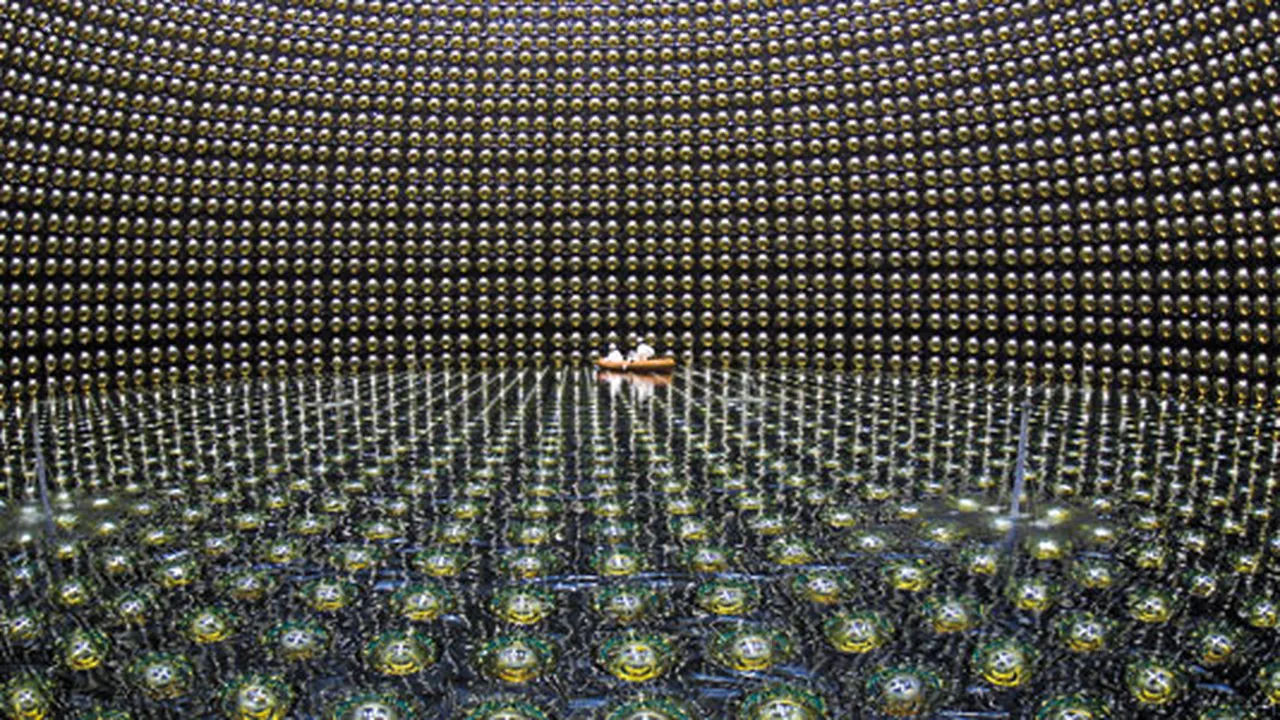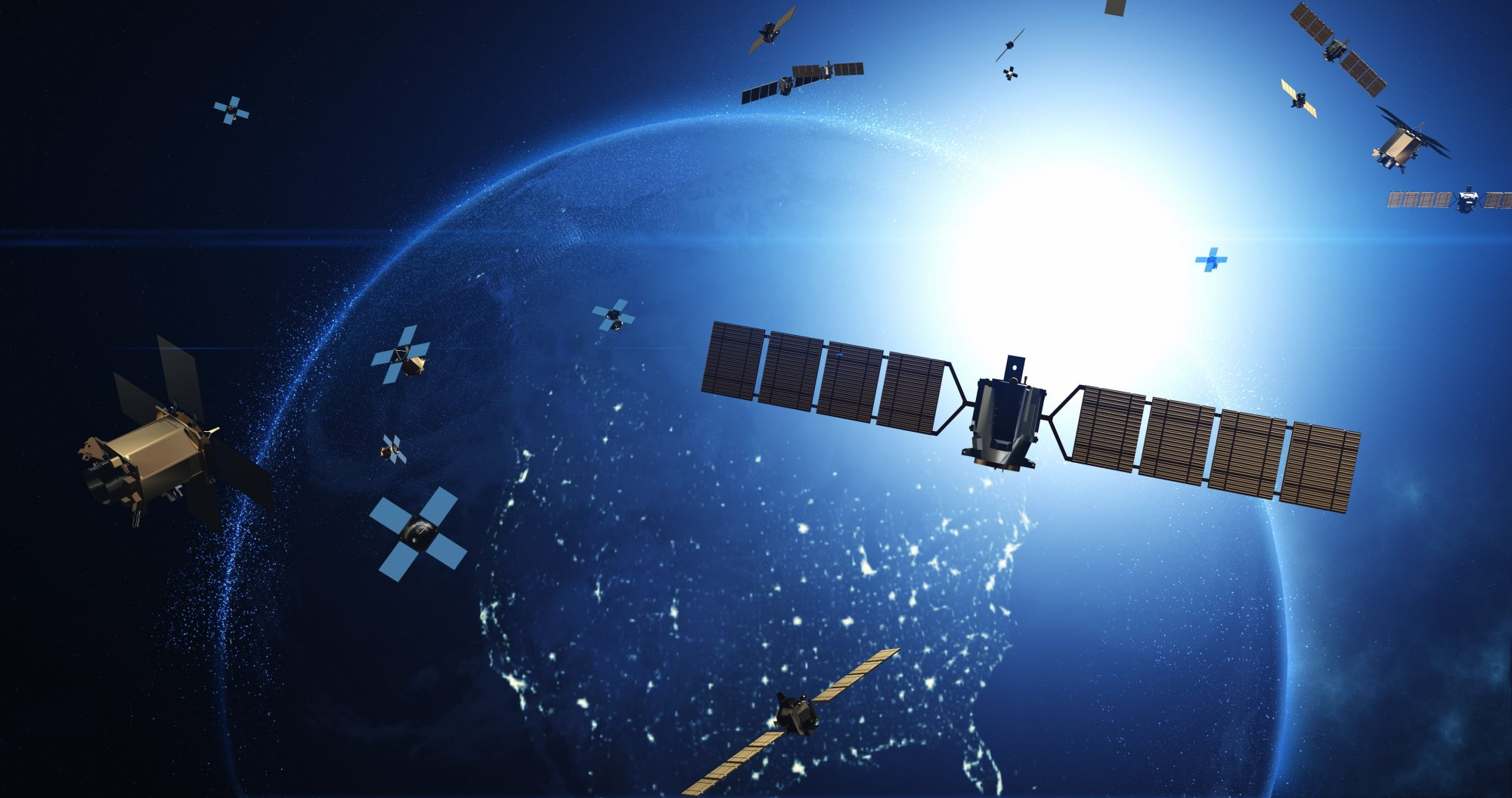Neutrinos are among the most mysterious elementary particles known to science — almost massless, lacking electric charge, and interacting only via the weak nuclear force and gravity. Emerging from nuclear reactions in stars (including our Sun), supernovae, and even radioactive decay, neutrinos stream through space — and through us — by the trillions every second, rarely interacting with ordinary matter. That ghostly ability makes them ideal cosmic messengers: unlike photons, they escape dense astrophysical environments without being absorbed or scattered, carrying pristine information about their origins.
Because neutrinos interact so weakly, detecting them demands extraordinary sensitivity. Over decades, scientists have built massive detectors deep underground, under ice, or submerged in water — environments chosen to minimize noise from cosmic rays and other interference. For instance, the detection of solar neutrinos confirmed that nuclear fusion fuels the Sun’s core, while experiments showing “neutrino oscillation” revealed that neutrinos have a small, but nonzero, mass — a discovery that challenged long-held assumptions in particle physics. Through this, neutrinos have opened a unique window into both the micro-scale world of fundamental particles and the macro-scale workings of stars and galaxies.
Looking ahead, neutrino research stands at the frontier of both astrophysics and cosmology. New-generation detectors aim to capture neutrinos from distant supernovae, Earth’s interior, and even remnants from the early universe — providing insights about stellar life cycles, planetary formation, and the origin of cosmic radiation. As our ability to “listen” to neutrinos improves, these elusive particles may soon help answer some of the deepest questions in science: How do stars die? What happened during the first moments of the universe? And what hidden processes shape the cosmos beyond what light alone can reveal?







